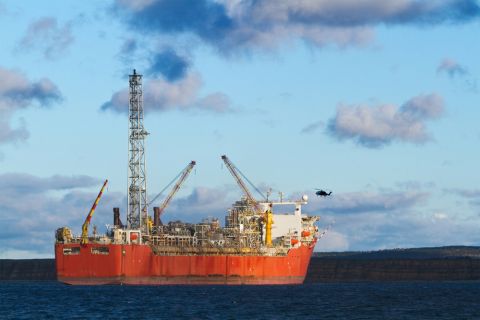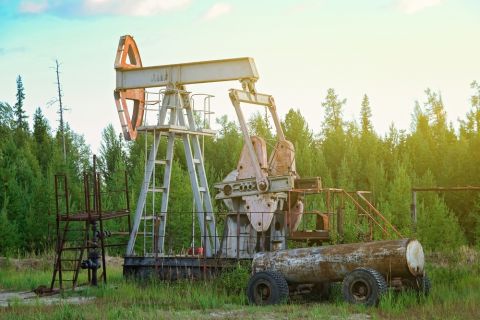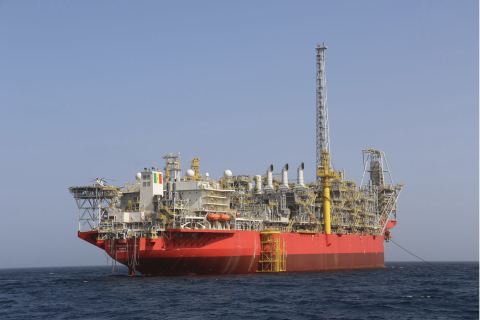No matter how you slice it, the U.S. has more than enough natural gas to transition the country away from over-reliance on crude oil and toward the future, for power generation and transportation fuel. T. Boone Pickens isn't the only person to buy this fact. Consider this: 2008 was the 10th consecutive year that proved gas reserves in the U.S. increased. You can thank the Piceance Basin, Jonah/Pinedale, and all the shale plays. The U.S. had already added 46.1 trillion cubic feet of dry gas reserves in 2007, which turned out to be more than double the 19.5 Tcf operators actually produced that same year, says the Energy Information Administration. Also in 2007, proved reserves of natural gas rose 13% above the prior year to 237.7 Tcf--the highest number in 13 years, according to the EIA, in its annual report published last October. There's more good news. This week, BP released its annual BP Statistical Review of World Energy. Its data show that in 2008, natural gas production in the U.S. increased a healthy 7.5%--the largest growth rate in years in fact, and 10 times the 10-year average increase. The biggest gas production decrease was right next door, in Canada. "How can this be, when it's an integrated market responding to essentially the same price signals?" asked Mark Findley, general manager of global energy markets for BP America, and manager of the annual review, now in its 58th year. The answer is, in a nutshell, U.S. shale gas. More good news about gas came today, as the well-respected Potential Gas Committee released its biennial report on U.S. gas reserve potential. The committee of academics, consultants and industry experts is supported by the Colorado School of Mines. Estimated natural gas resources rose to 2,074 trillion cubic feet in 2008, from 1,532 trillion cubic feet in 2006, when the last report was issued. This 35% increase, or some 542 Tcf, is the largest recorded in the committee's 44-year history of issuing this report. To put this in perspective, it compares to some 251 Tcf of recoverable resource from the Marcellus shale alone, so, I suspect, the numbers will only rise again two years hence, when we will know still more about the shale plays. . --Leslie Haines, Editor in chief, Oil and Gas Investor
Recommended Reading
E&P Highlights: Feb. 5, 2024
2024-02-05 - Here’s a roundup of the latest E&P headlines, including an update on Enauta’s Atlanta Phase 1 project.
TotalEnergies Starts Production at Akpo West Offshore Nigeria
2024-02-07 - Subsea tieback expected to add 14,000 bbl/d of condensate by mid-year, and up to 4 MMcm/d of gas by 2028.
US Drillers Add Oil, Gas Rigs for Third Time in Four Weeks
2024-02-09 - Despite this week's rig increase, Baker Hughes said the total count was still down 138 rigs, or 18%, below this time last year.
NAPE: Turning Orphan Wells From a Hot Mess Into a Hot Opportunity
2024-02-09 - Certain orphaned wells across the U.S. could be plugged to earn carbon credits.
Sangomar FPSO Arrives Offshore Senegal
2024-02-13 - Woodside’s Sangomar Field on track to start production in mid-2024.




